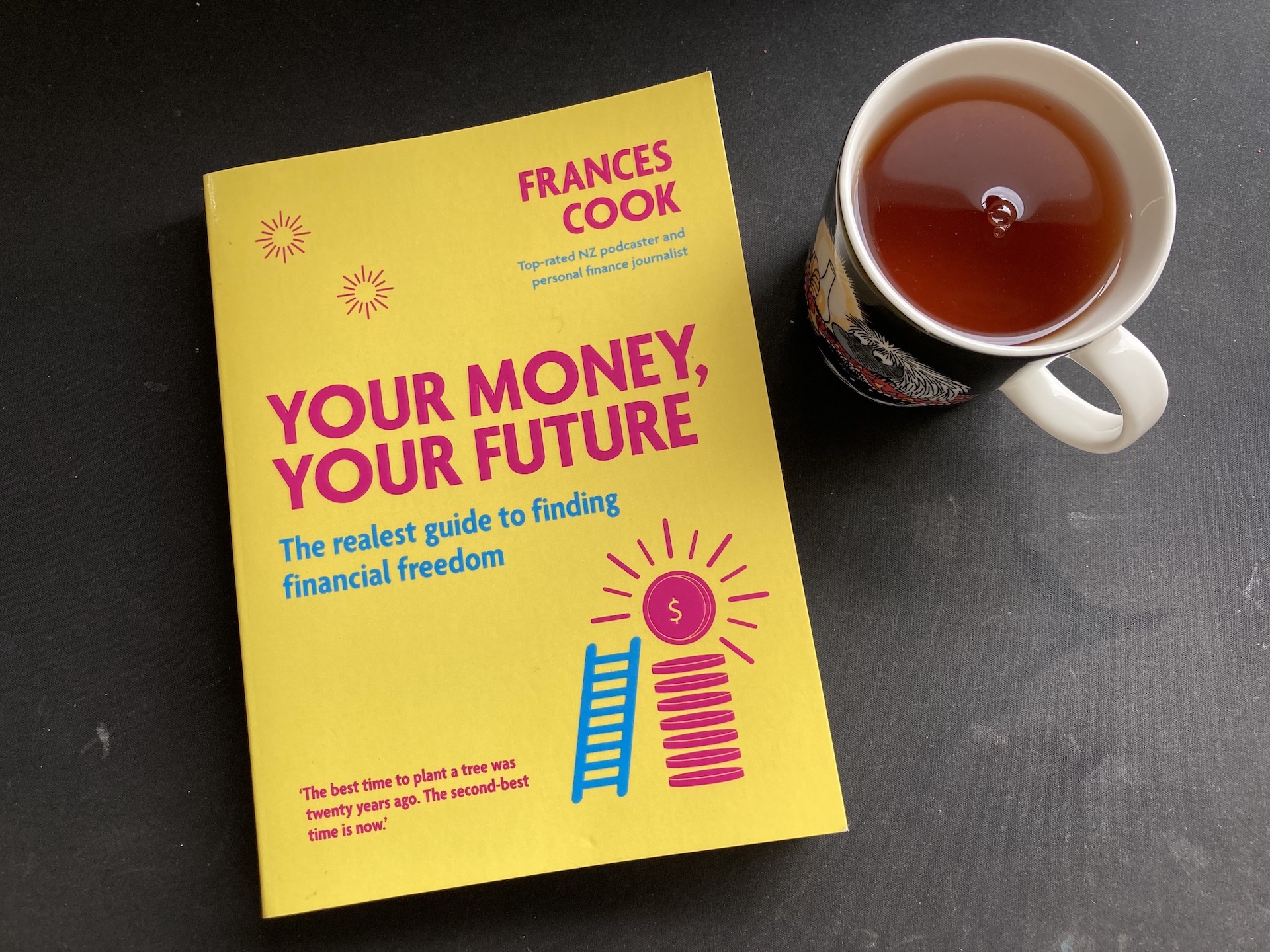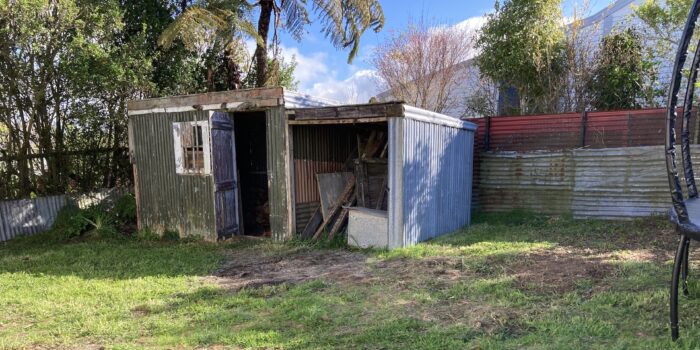How To Talk About Money To Your 10 Year Old
As parents it is our task to teach our children all those important things in life, like about safety in traffic, manners and life skills like cooking and maintaining the household. However, even though money is an important part of life, it doesn’t get spoken about at home! So here’s some ideas on how to talk about money to your 10 year old
Why you should talk about money to your 10 year old
Money is an important part of life. No matter how you want to phrase it, it is what makes the world go round.
For some reason money has become a taboo topic, in fact, people would rather talk about their weight or sex life than their finances (article here).
One reason money might have become a taboo topic is that often people believe that our value as people is tied to how much we earn or have (article here).
Hence, revealing how much you earn or have, would be revealing how much value you have in the society.
The comparison can cause shame and jealousy. Especially if the mindset is that of scarcity rather than abundance. (More about scarcity and abundance here.)
But the silence around money is actually hurting us, and especially our children as they grow into adulthood without much guidance about money matters.
It’s never too early to start including your children into money conversations at home, although you do need to take their age into consideration.
At 10 years old your children should already have good understanding where money comes from and what is it for, and maybe even some experience earning it and using it to pay for things.
This will be especially true if you have implemented some of the things I share in my post on how to talk about money to your 5 year old (find it here) and maybe you have read my post on how I have been introducing money to my 3 year old (find that post here).
Money topics to discuss with your 10 year old
From 10 years onwards you can start to introduce a bit more complex money topics and deepen their understanding of it, especially if they already understand the basics.
Also, if they understand and already have experience with cash (counting it and paying with it), you can start introducing electronic ways of handling money.
Savings goals
Being able to save is an important skill to have. And it is something that can be practiced and learnt even if it doesn’t come naturally to you.
What makes saving a little bit easier is having clear and achievable savings goals.
From 10 years of age (or even earlier) you can start helping your child set their own savings goals and plan how they will get there.
This process is often started from the end goal, especially if you need something to motivate you. How much do they need to save and what is the time frame?
For example they want to save $100 for a new Lego set and they want to buy it in 3 months time to show to their visiting cousins.
Then you can show them that dividing the goal amount with the number of weeks they have to save will give the amount of money they need to save per week to get to their goal.
In this example it would be $100 / 12 weeks = $8.33 (or rounded up to $8.5).
Now they will know that if they save about $8.50/week they can reach their savings goal in the time that they want.
(By the way, I have also written a post on how to motivate your children to save money and stay the course. Find it here.)

Start introducing life costs and an allowance
Life costs money and you can start to help your 10 year old understand this by sharing some of the family finances with them.
A very powerful demonstration of this would be to take out your monthly income out in cash, gather all your monthly bills and show your kids how the income disappears as you pay all the living expenses they might not even think cost money (like living in your home, power, internet and so on).
This might not be practical though, so you could also demonstrate on a piece of paper, or if you have budget spreadsheets or something similar, to show your kids where all the money goes to (and why there isn’t always enough for something fun).
At this age you can also introduce an allowance to your child.
An allowance is different from earned pocket money.
An allowance is an amount of money you provide to them for a specific purpose. Then it become your child’s responsibility to manage this amount of money accordingly.
This could be something as simple as putting your 10 year old in charge of buying some small household items for your home, for example a portion of their lunch box items.
For this to work there need to be clear set of rules and expectations, but it is a great way to learn to manage a budget and an opportunity to teach how to compare prices.
An extra incentive could be that you agree what happens to surplus amount of money from the allowance, do they get to keep it? But again, clear expectations what the money NEEDS to buy and the quality of what they buy need to be discussed.
Compound interest
At this age you can also start introducing the concept of compound interest and how powerful it is.
Compound interest is how your money will start growing quicker as you earn interest on your earned interest as well, rather than just the money you have put in yourself.
Here’s a simplified example: you deposit $100 into a savings account and earn 3% interest on that. After a year you will have $103, with the $3 being the interest you earned.
If you do nothing else, after the second year you will have $106.09, meaning in the second year you earned $3.09 instead of $3. This will keep happening as the time goes by, increasing the amount of interest you earn year after year, without you doing anything else.
This is a great system when you benefit from it, but it works the other way too with debt, and is especially dangerous when it comes to credit card debt.
Let’s say you buy something with a credit card for $100 and you don’t pay it back within the time period given (usually 30 days or so), you will be charged interest, often around 20% mark.
So, come next month, instead of owing $100, you now owe $120.
If you still can’t pay it back the next month, starting from the 3rd month you now owe $144 for something that originally cost you $100.
While you don’t have to go into depth about this with your 10 year old (unless they are really interested!) it is good to introduce this idea, especially if you are looking at opening a savings account for them.

Other money related considerations
From 10 years on you could consider opening a savings account for them to let them have a taste of earning income.
Many banks offer kids account with special terms and possibly lower fees, so it pays to shop around!
Otherwise you could open a savings account for them in your own name and let them have a look at the account balance from time to time.
Then when they are older and have accounts in their own name you can transfer the savings balance to them.
At this age they still don’t need spending accounts, cash is still fine. But introducing how they can earn interest on their savings would be a great (and a motivating) lesson!
Do you talk about money with your 10 year old? Where did/would you start?







